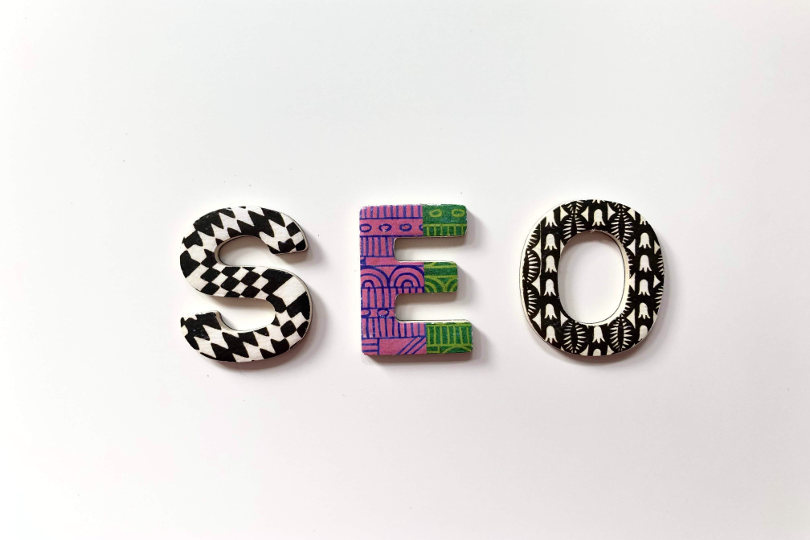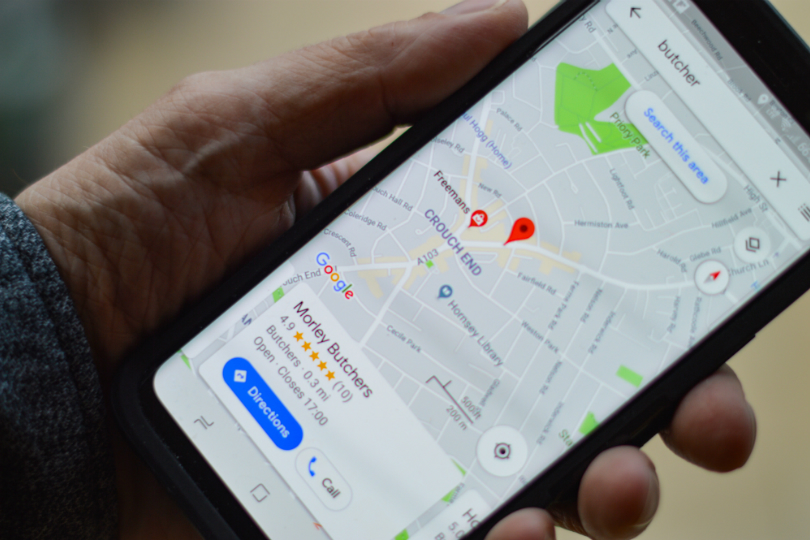A well-crafted search engine optimisation (SEO) campaign in your native language will help boost web traffic and generally increase your online visibility. However, for any brand looking to expand their business into the global marketplace, or if a high proportion of your current web traffic comes from users beyond your home base, this may not be enough on its own. As such, developing an international SEO strategy is one of the most effective ways to boost your online reach outside of your native language.

That being said, international SEO isn’t as simple a process as taking your existing keyword strategy and website and running them through a translation app. Instead, you will have to effectively create a new plan—and a new website—for each new language. However, although this sounds like a lot of work, an effective international SEO strategy is easier than it appears, provided you map everything out thoroughly before you get started.
Here are five key considerations when adapting your SEO strategy for a global audience:
Research target markets
Before you begin actively reworking your website itself, you should first think about which countries and languages you aim to target. Using tools like Google Analytics can give you data on how many users have visited your site based on location, which can help you narrow down a list of countries to target. From there, you can then get a sense of your site’s competition in each marketplace. As SEMrush points out, even if you have a rough idea of who you’re up against in business terms in each country, “that doesn’t necessarily mean they are as successful in terms of their digital presence”.
It’s also worth being aware of which search engines are most widely-used in each country. Google may have a monopoly in western countries, but countries like Russia and China have their own, far more popular, equivalents in Yandex and Baidu, respectively. Yandex, for example, is used for 65% of Russian desktop searches, and 55% of mobile users. You will also need to keep track of any design changes an international site would require, altering the layout, tone, and even things as seemingly minor as currency formatting or timezone, accordingly.
Multilingual keyword research
Once you’ve determined where you’re targeting your international SEO campaign, the next step is working out exactly how you’ll be carrying it out. The backbone of any global strategy is keyword research, which is the process of selecting the most relevant search queries that you’d want your website to appear in search results for. You will have likely already done this for your original website and, if that strategy has worked, you can use that as a jumping-off point for your global endeavours.
However, as noted earlier, you can’t simply apply your existing strategy to new markets. As translation agency Global Voices points out, multilingual SEO research involves “pick[ing] out the most important elements of your brand…and identify[ing] how they would best be found by searchers in other languages.”

Localise your brand
Website localisation is a more granular form of international SEO and a key part of your wider strategy. This is the part which focuses on matching your translated text with cultural concerns around web design—such as colour schemes—units of measurement, and how important certain parts of your branding would be considered to potential international customers.
This means you might have to redesign logos or images—as Digital Doughnut notes, “even Coca Cola changed their logo for China”—to make them more relatable for a foreign audience. Likewise, any areas of your site which contain large amounts of text will potentially need to be redesigned to accommodate the expansion or contraction of the words themselves. This may impact parts of your website that you least expect. For example, the World Wide Web Consortium found that the common “view count” feature on sites like YouTube or Flickr will need to be 3 times longer in Italian than it is in English.
Technical aspects
Once you have rewritten and redesigned your content, the next step is the technical optimisation of the site itself. This is generally best left to an SEO agency, but you will need to be aware of certain things in advance. Search Engine Journal singles out where your international sites are hosted as one key issue, as it helps search engines to geotarget your site, as well as how quickly they will load in different territories.
Further geotargeting is done within the code of the site itself through hreflang tag implementation which lets search engines know which language is being used on any given page. Similarly, choosing the right domain and URL structure can greatly impact your international SEO strategy. Companies like Amazon use Country Code Top-Level Domains (.fr, .de etc) while Apple uses subfolders, where the .com address remains the same, and international markets are targeted through /fr, /de and so on. There are pros and cons to both approaches, so discuss with your SEO agency which would best suit the needs of your international SEO strategy.

Localised link building
Once your site is up and running, the final major step is establishing a link building campaign, as you may well have done for your original site. The rules for international SEO link building aren’t all that different from those of local link building. You should thoroughly research where your competitors are getting backlinks and, as a recent State Of Digital survey reveals, be mindful that the kind of content that works for your home audience may not work for an international SEO campaign.




